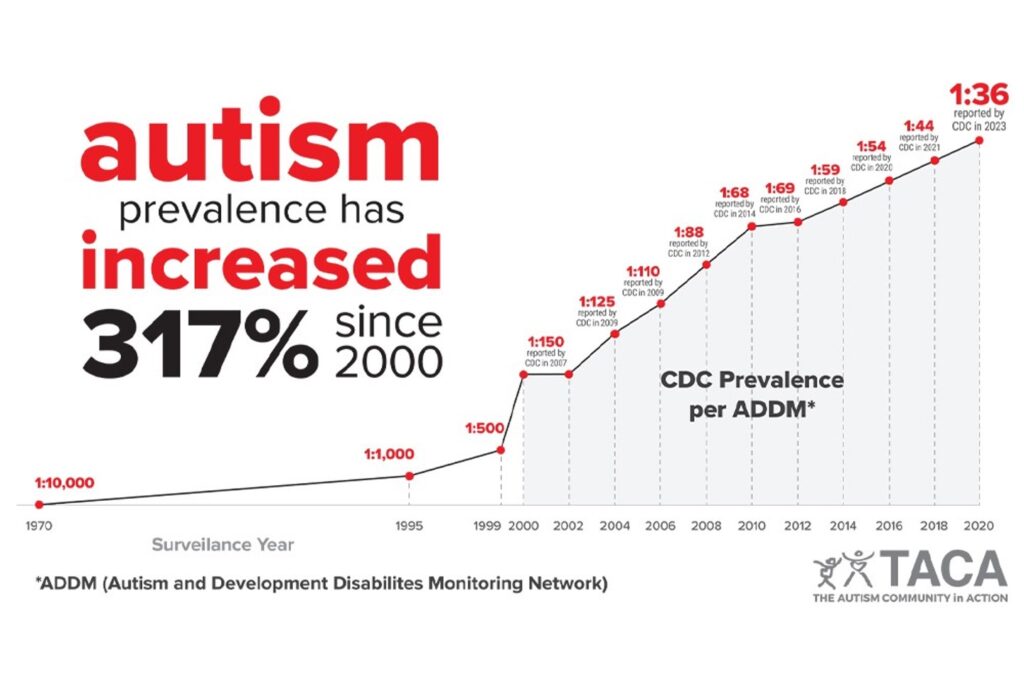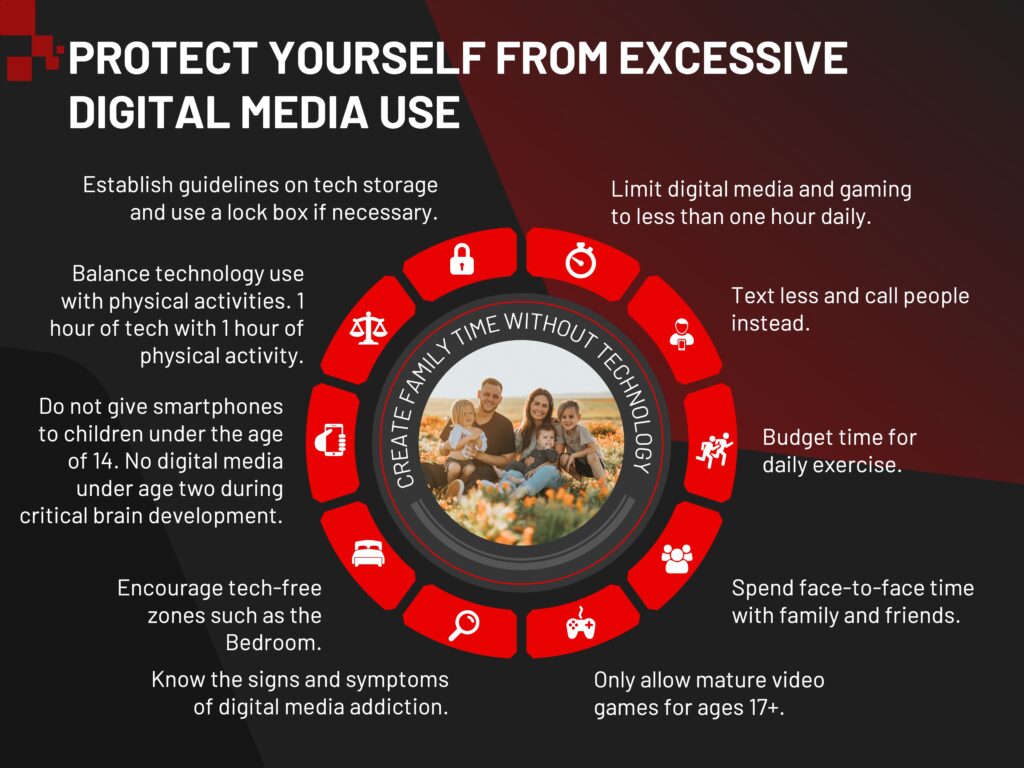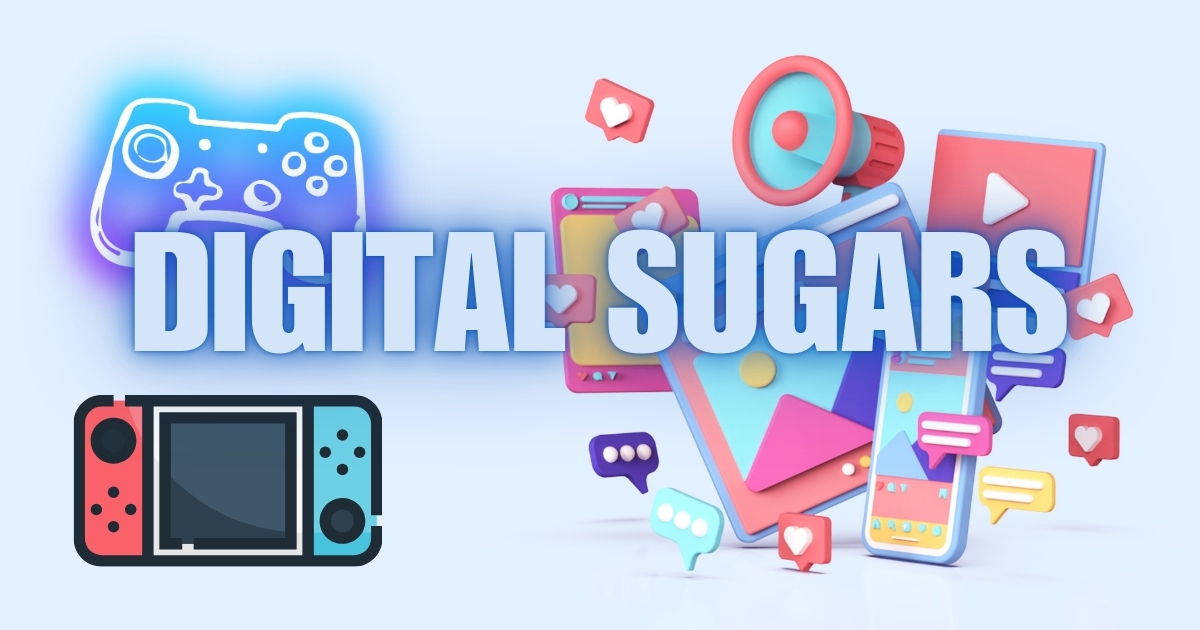I want to share something deeply personal and professionally significant. For three years, I was embedded in a mental health department, collaborating with psychologists and psychiatrists to explore the impacts of digital media on our minds. What I discovered was both fascinating and alarming, prompting me to coin the term “digital sugars” to describe how digital media—video games, social media, and entertainment videos—stimulate the brain in ways eerily similar to drugs like cocaine. Allow me to walk you through what I’ve learned about digital sugars and their effects on the human brain.
When I began examining this topic, I drew parallels between digital media and addictive substances. Let’s consider cocaine as an example. Cocaine blocks the reuptake of dopamine in the brain, leading to an accumulation of this neurotransmitter at nerve terminals. This surge in dopamine results in the intense “high” associated with the drug. Similarly, when we engage with digital media—scrolling through social media, playing video games, or binge-watching shows—we experience repeated bursts of dopamine. These bursts, while less intense than cocaine, can still create patterns of behavior that mimic addiction.
To illustrate, let’s delve into the science. Dopamine is a key neurotransmitter involved in reward and pleasure. Imagine a nerve terminal releasing dopamine into the synaptic space, where it stimulates neighboring neurons. Normally, dopamine is reabsorbed by the releasing cell. Cocaine disrupts this process, causing dopamine levels to spike. Digital media acts in a similar way. By providing constant, rapid feedback through likes, comments, and in-game achievements, it keeps dopamine levels elevated. Over time, this can condition the brain to crave more of these digital interactions.
What struck me most profoundly was the scientific evidence backing this analogy. Studies have shown that video games paired with pleasant music can elevate cortisol levels, a stress hormone that also plays a role in the brain’s reward system. Cortisol release is controlled by the hypothalamus-pituitary-adrenal (HPA) axis, leading to a cascade of physiological changes that reinforce the enjoyable aspects of gaming and media. In essence, digital media and gaming control the release of hormones into the bloodstream, like a digital drug. If this activity is pleasurable, then I call them digital sugars.
One particularly interesting study explored how competitive video games affect hormone levels. Players competing against human opponents showed higher testosterone levels compared to those playing against computer-generated characters. This suggests that the social component of gaming adds another layer of stimulation, further engaging the brain’s reward system. Functional MRI scans reveal that the brains of competitive gamers light up in patterns similar to those seen in individuals using stimulant drugs. The implications of these findings are profound.
As I delved deeper, I encountered exciting applications of digital media in clinical settings. Virtual reality (VR) is being used to manage pain, particularly in burn victims. A game called “SnowWorld” allows patients to immerse themselves in a soothing virtual environment while undergoing painful procedures. Remarkably, this reduces their pain perception by up to 62%. The VR experience diverts the brain’s attention and triggers dopamine release, much like a digital drug. These applications highlight the potential for using digital media therapeutically, but they also underscore the importance of moderation.

Moderate use of digital media can yield surprising benefits. Video games, for instance, improve hand-eye coordination, enhance memory, and even train surgeons in laparoscopic skills. Studies show that surgeons who play video games exhibit better precision during surgeries. Additionally, gaming has been shown to reduce anxiety and depression, thanks to its ability to engage the brain, release dopamine, and provide a sense of accomplishment.
However, the story takes a darker turn when we examine excessive use. Sleep deprivation is one of the most common consequences of overusing digital media. Adolescents who use smartphones and gaming devices late into the night often struggle with poor sleep, leading to issues like obesity, anxiety, and depression. The average American child now spends over eight hours a day engaged with digital media, a statistic that is deeply concerning.
Children are particularly vulnerable because their brains are still developing. The prefrontal cortex, responsible for decision-making and impulse control, doesn’t fully mature until the age of 25. This means that children are more susceptible to the addictive qualities of digital media. Without the neurological brakes in their frontal lobes to regulate their usage, they can easily become consumed by the endless dopamine loops created by video games and social media.
I’ve witnessed firsthand how excessive screen time impacts children. In one striking case, a family I worked with removed all screens from their severely autistic child’s environment for 6 months. Initially, the 2-year-old child experienced severe withdrawal symptoms, including tantrums and meltdowns. However, by the end of the month, their behavior improved dramatically. Over time, the child’s autism symptoms diminished, and their pediatrician stated that the autistic symptoms were gone by 6 months. This transformation was a powerful testament to the impact of limiting screen exposure.

The rise in autism diagnoses also correlates with increased screen use. While improved recognition plays a role, excessive exposure to screens exacerbates symptoms in children predisposed to the condition. Pediatric psychiatrist Dr. Victoria Dunckley has written extensively on this subject, advocating for a 30-day screen detox to reset children’s brains. Her findings align with my observations: children who reduce screen time often show marked improvements in mood, behavior, and cognitive function.
So, how can we strike a balance? The key lies in distinguishing between “digital sugars” and “digital vegetables.” Digital sugars include gaming, social media, and entertainment-focused content that primarily stimulates the brain’s reward system. In contrast, digital vegetables—like online textbooks, educational webinars, and work-related emails—serve a more functional purpose and are less likely to foster addictive behaviors.
To protect yourself and your family, I recommend the following strategies: limit digital media usage to less than one hour per day for children, create tech-free zones in the home, and prioritize face-to-face interactions. Encourage physical activities to balance screen time, and only introduce mature video games to those aged 17 and above. For young children, avoid digital media entirely during critical developmental years. By setting these boundaries, we can mitigate the negative effects of digital sugars while still reaping the benefits of digital vegetables.

Reflecting on my journey as a neuroscientist, I am struck by the parallels between digital media and addictive substances. While technology has incredible potential to enhance our lives, it also poses significant risks when used excessively. The challenge lies in finding the right balance—one that allows us to harness the positive aspects of digital media without falling prey to its addictive qualities.
Ultimately, our relationship with technology is a choice. By understanding the science behind digital sugars and taking proactive steps to moderate their use, we can create healthier, more fulfilling lives for ourselves and future generations. I hope these insights inspire you to take a closer look at your own digital habits.


Leave a Reply